2000.05.04
1skin 2a : the external limiting layer of an animal body esp. when forming a tough but flexible cover relatively impermeable from without while intact: as (1) : the 2-layered covering of the vertebrate body sometimes modified by the presence of bony plates (as in an armadillo) or scales (as in most fishes and reptiles) and consisting of an outer ectodermal epidermis that is more or less cornified and penetrated by the openings of various glands (as sweat and sebaceous glands in man) and an inner mesodermal dermis that is composed largely of connective tissue and is richly supplied with body vessels and nerves 4 : a sheathing or casing forming the outside surface of a structure: as a : a covering of planking or metal plates outside the framing that forms the sides and bottom of a ship : SHELL b : an exterior wall of a building (1) : either of two panels that enclose a hollow space containing the framework (2) : thin weather-resistant stainless steel, aluminum, or other metal used alone or in combination with glass and other material to form a curtail wall
| |
2000.04.04 20:39
rammed into an envelope
John Young wrote:
What is peculiar to me is the conviction that the visual in architecture should not evolve from the full implementation of its attributes, not as an envelope into which these attributes should be rammed.
Gregory Wharton wrote:
Well said. This puzzles the hell out of me, too.
Van Varga wrote:
Probably puzzles most of us. Architecture to non architects (most people) is just another expression of fashion. (snip)
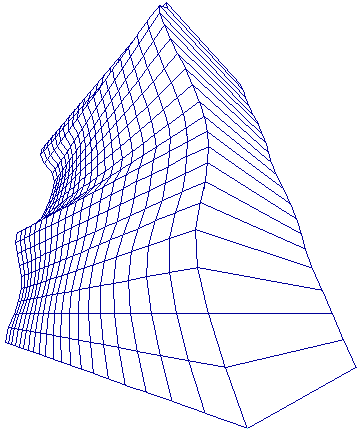
Steve Lauf suggests:
Is not the 'architecture' of the human body an envelope rammed full of 'attributes' that DO NOT show their 'implementation' on the outside? For example, breasts with nipples hardly reflect either the lungs or the pumping heart inside, likewise the one-piece torso offers little 'superficial' indication of two cavities inside. And further, isn't the sublime singularity of the navel very much like the exact opposite of the twisting, turning, asymmetrical intestines just inside? [And just think how literally close the activities within barber shops and beauty parlors come to the activities inside the brain, yet who would dare say that these two activities share the same "function"?]
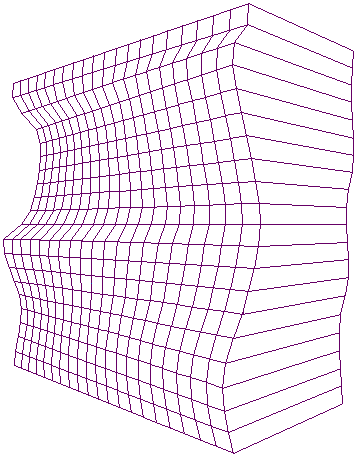
Perhaps the 'popularity' of liking the 'mechanical' out of sight is really only a reflection of simply being human.
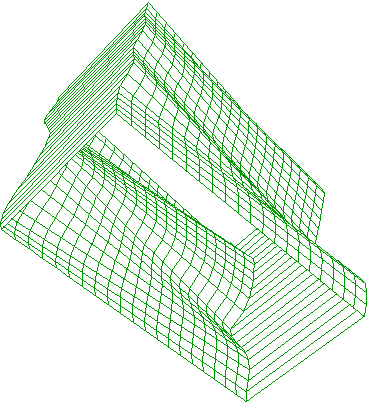
Personally, it's no puzzle to me.
| |
2000.04.05 11:55
Re: rammed into an envelope
I agree wholeheartedly with John Young regarding his reply to "rammed into an envelope," and I have no problem with agreeing with Wayde Tardiff regarding Loos' argument vis-à-vis outside/inside. (Wayde, could you at least include a textual reference to Loos' argument so that further reading could occur?)
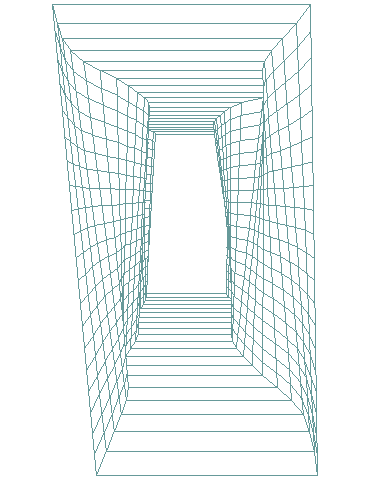
In the same way that what John "claimed to be peculiar was the practice of not even bothering with an attempt to shape an architecture of "transparency" but aiming only at the surface," I was addressing the puzzlement, and perhaps even providing a solution to the "puzzle". I was not, however, trying to debunk the genuinely interesting, important, provocative, enlightened, etc. notion that "the visual in architecture could/should evolve from the full implementation of its attributes," the very notion that appears to much intrigue John, Gregory, and Van (and I may soon add myself to this list).
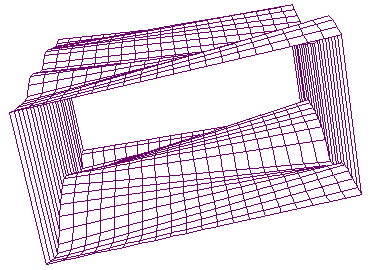
In bringing up the corporeal morphology 'metaphor', I was just voicing what I believe is the so far dominant way the inside-inside of architecture is now 'imagined' (if you will). Understanding the 'puzzle', I then see the opportunity to focus of the 'other than' corporeal morphology 'metaphor' which the 'mechanics' of architecture itself engenders. Moreover, it is very easy for me to now imagine such further investigations and 'implementations' as a very real architectural evolution.
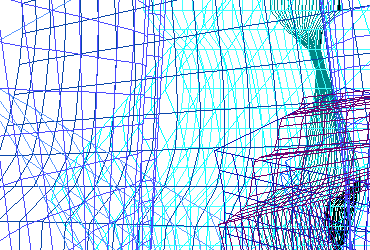
An other 'popular' dominant come to mind as well. The inside space of architecture/buildings seems to be an ever increasing premium in terms of how habitable structures are designed, and this high valuation of the priority of (unencumbered?) space may be another real reason that the "mechanics" are most times given the absolute minimum of space and exposure. Again, I'm only suggesting an answer to the puzzle, and not denouncing 'mechanics' as having a truly viable role in the architecture of our time. (And this line of thinking may somewhat coincide with Rick McBride's holding good design and the learning of good design as a premium worth the highest priority.)
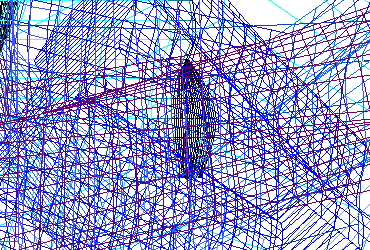
Related to all the above, I thought that there might be a valid correspondence between the historical appearance of anatomical drawings and the first introduction of "systems' into architecture. Could such a study lead to interesting implications as to how an 'other than' corporeal morphology 'metaphor' 'in' architecture might further evolve?
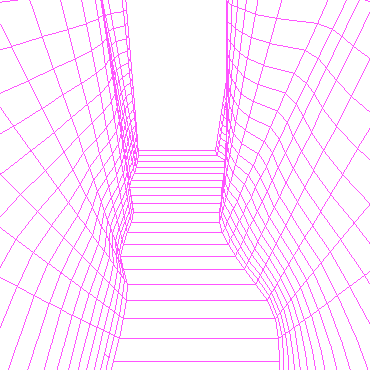
That said, I also wish to include that what I like most of all about John's, Gregory's and Van's initial posts is their commonality in seeing that a very ('modern'?) architectural opportunity is seemingly being missed by architects in large measure. If nothing else, this thread involves the surfacing of (contemporary) architecture's inner-most spaces and their operations, and perhaps as well the surfacing of some 'beyond even' architecture space(s).
Steve Lauf
| |
2000.04.05 12:09
(not just) Steve's (but all our) envelope
Van wrote:
Steve, while your examples of nipples and navels is observant, isn't it more to the point that the skin is a fully functioning organ codependent with all the other organs and further that the skin's appearance belies its metabolic functions of cooling and excreting and that it is touch sensitive? The beauty of this skin is much deeper than itself which one would never know by looking.
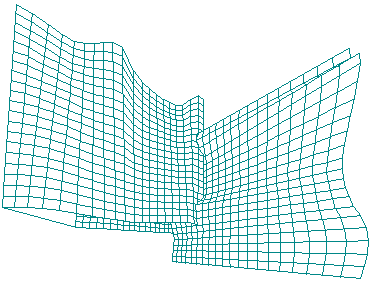
and John (previously) wrote:
I understand that a physician can do a fair diagnosis of the interior by observing skin, eye, nose, ear, throat and motor attributes, not overlooking what the patient tells about how things feel inside.
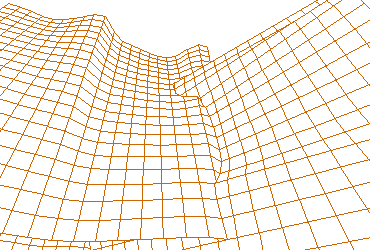
Steve replies:
These are two wonderful examples of how architect's might start thinking about architectural skin(s), perhaps especially with regard to mechanical architectural implications/implementations.
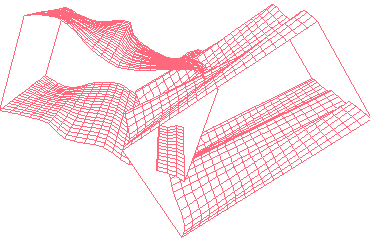
Maybe designers are continually best served by corporeal morphology (and physiology) 'metaphors' after all.
|